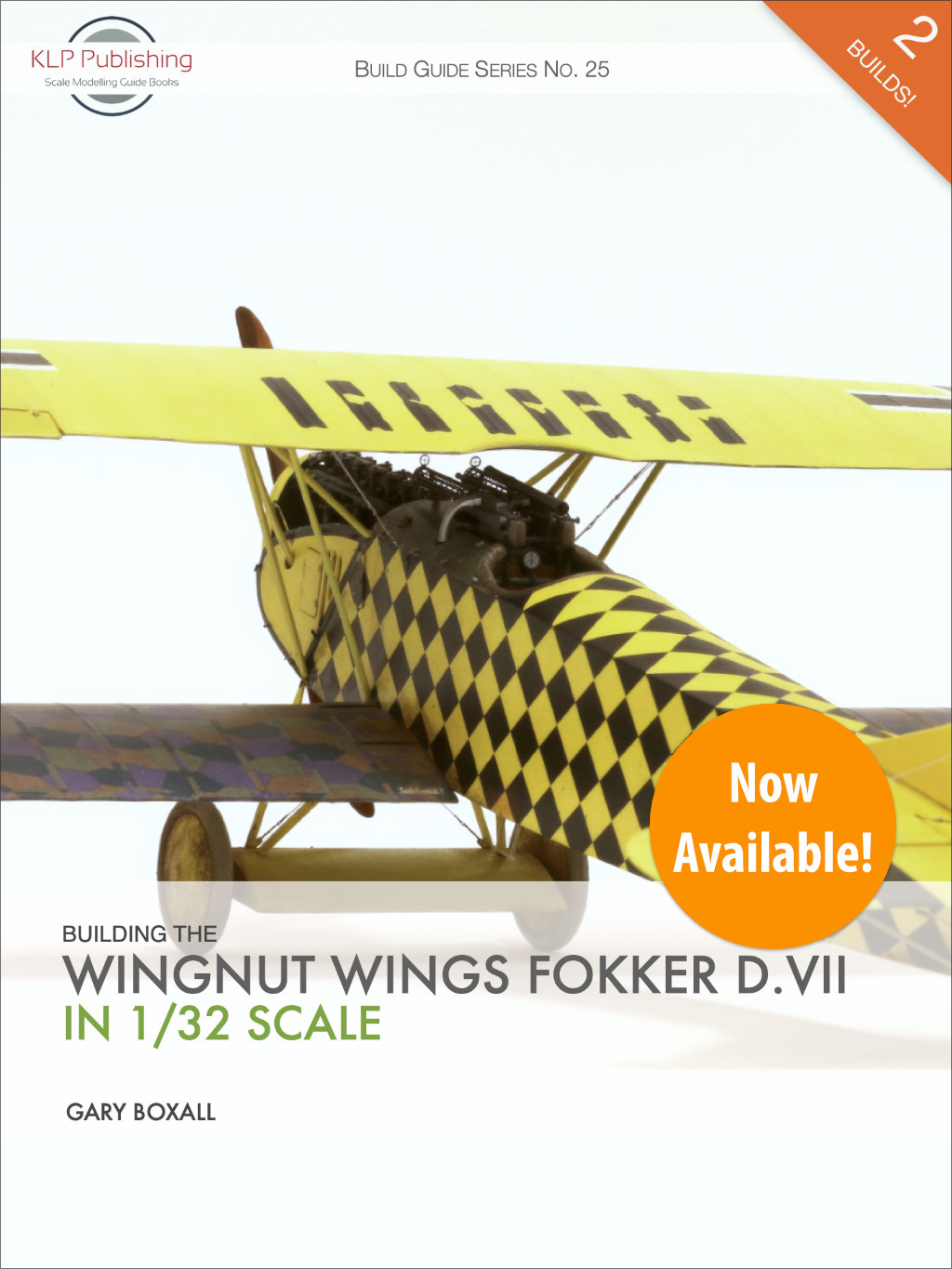
I’m pleased to announce that Building the Wingnut Wings Fokker D.VII in 1/32 Scale is now available!

Building the Wingnut Wings Fokker D.VII in 1/32 Scale
In this 380-page eBook, Gary Boxall builds not one, but two Wingnut Wings Fokker D.VII kits in 1/32 scale. The first and most extensive build sees Gary detailing, modifying, and improving the kit to produce Gotthard Sachsenberg’s brightly-coloured machine. Gary walks the reader through any changes required, as well as offering plenty of hints and tips on how to get the best out of the build.
The second build leverages the first, and focuses on what it takes to produce a post-war Dutch version of this famous WWI aircraft.
We’ve also included our usual Appendices section, covering available aftermarket and reference material.









Building the Wingnut Wings Fokker D.VII in 1/32 Scale is available for immediate purchase and download for just 20 Australian dollars.

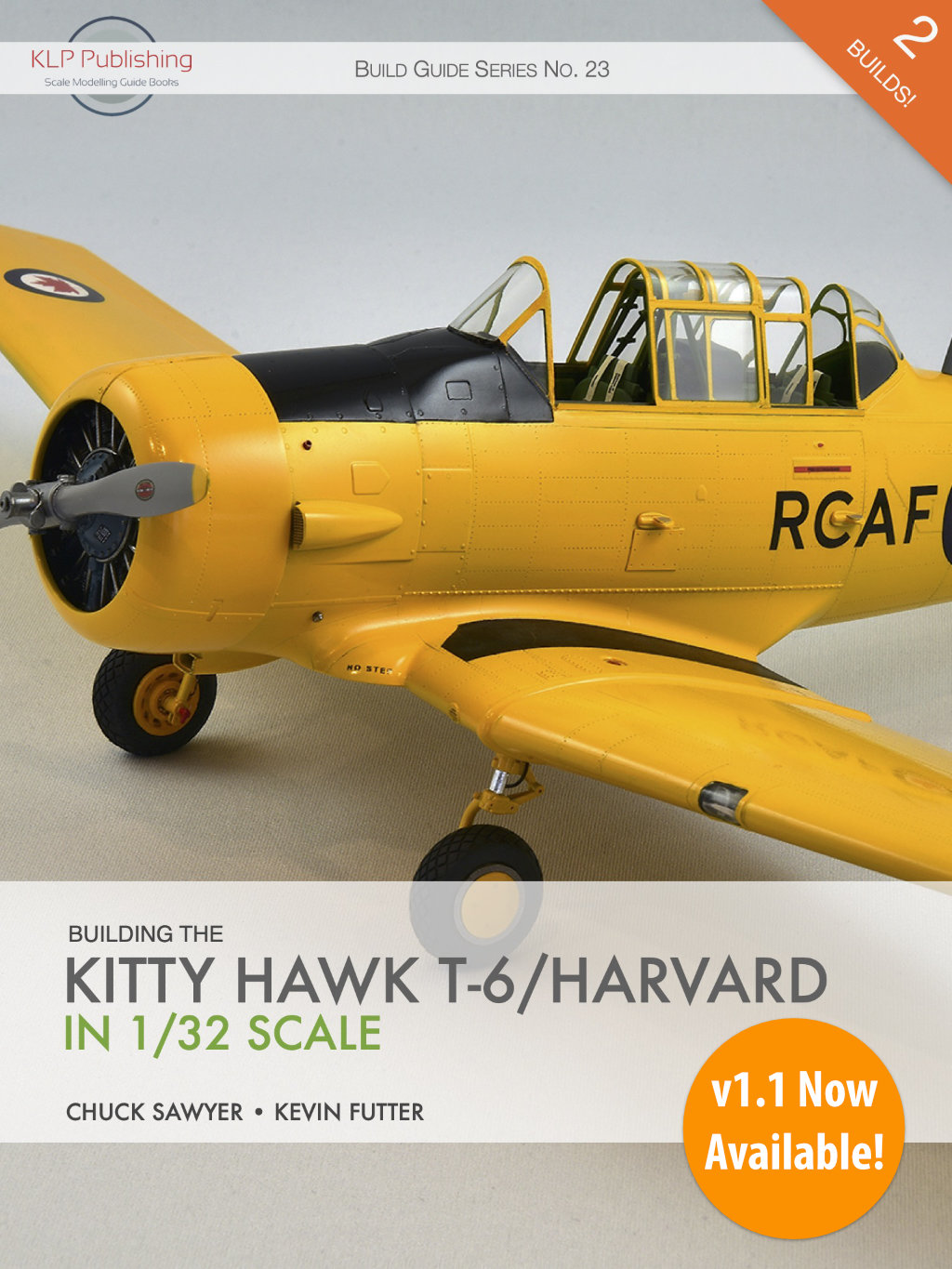

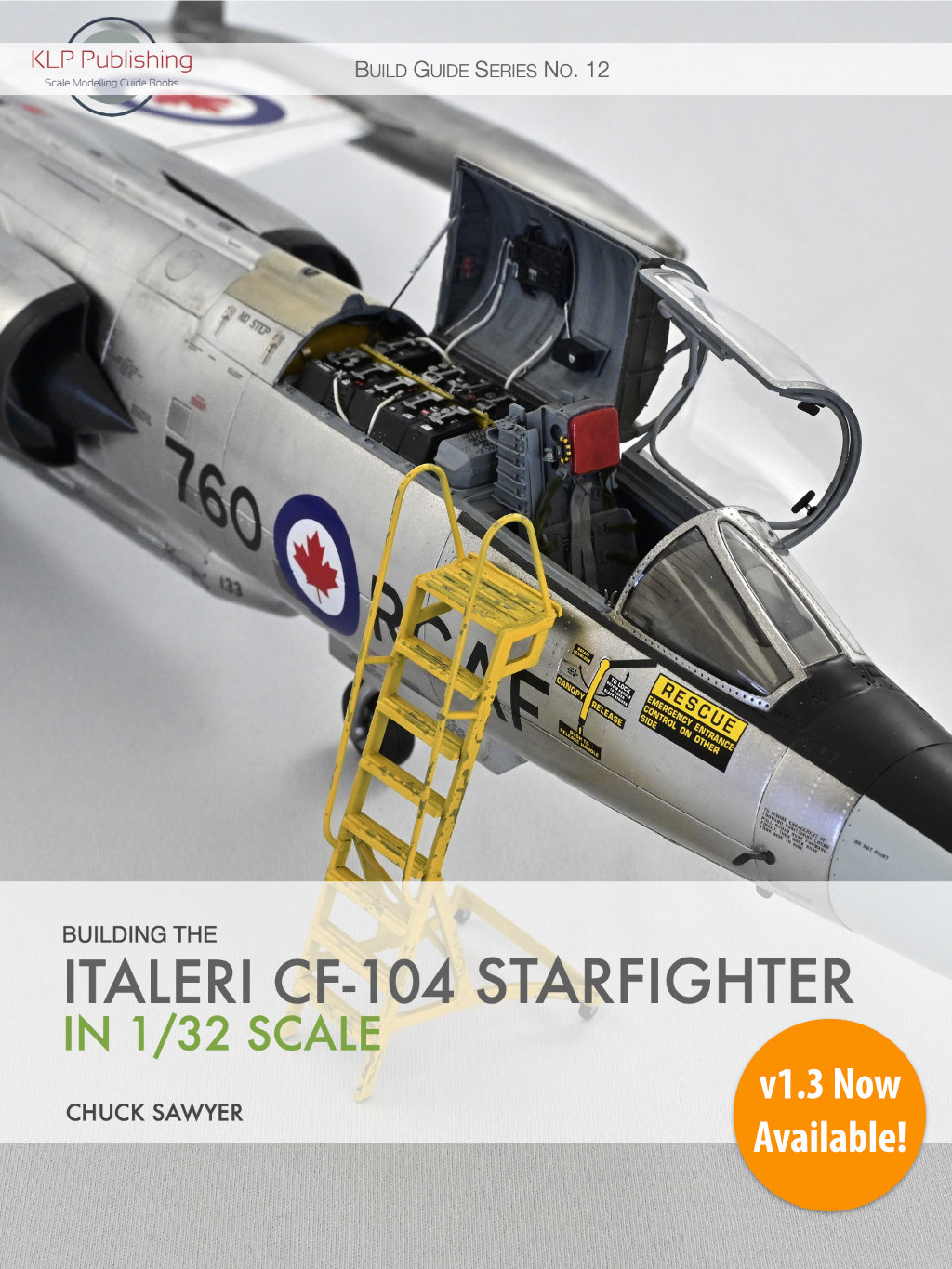








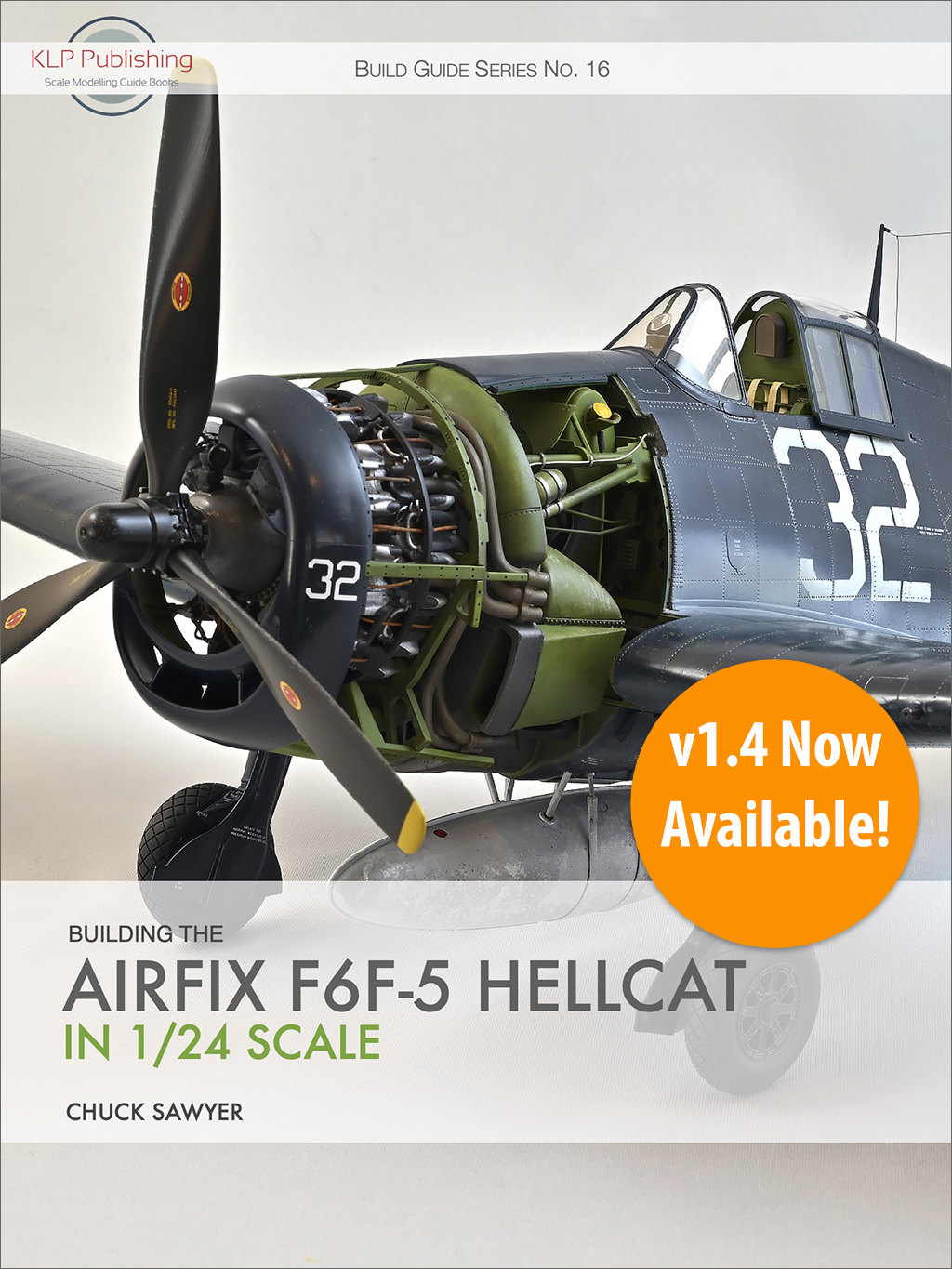

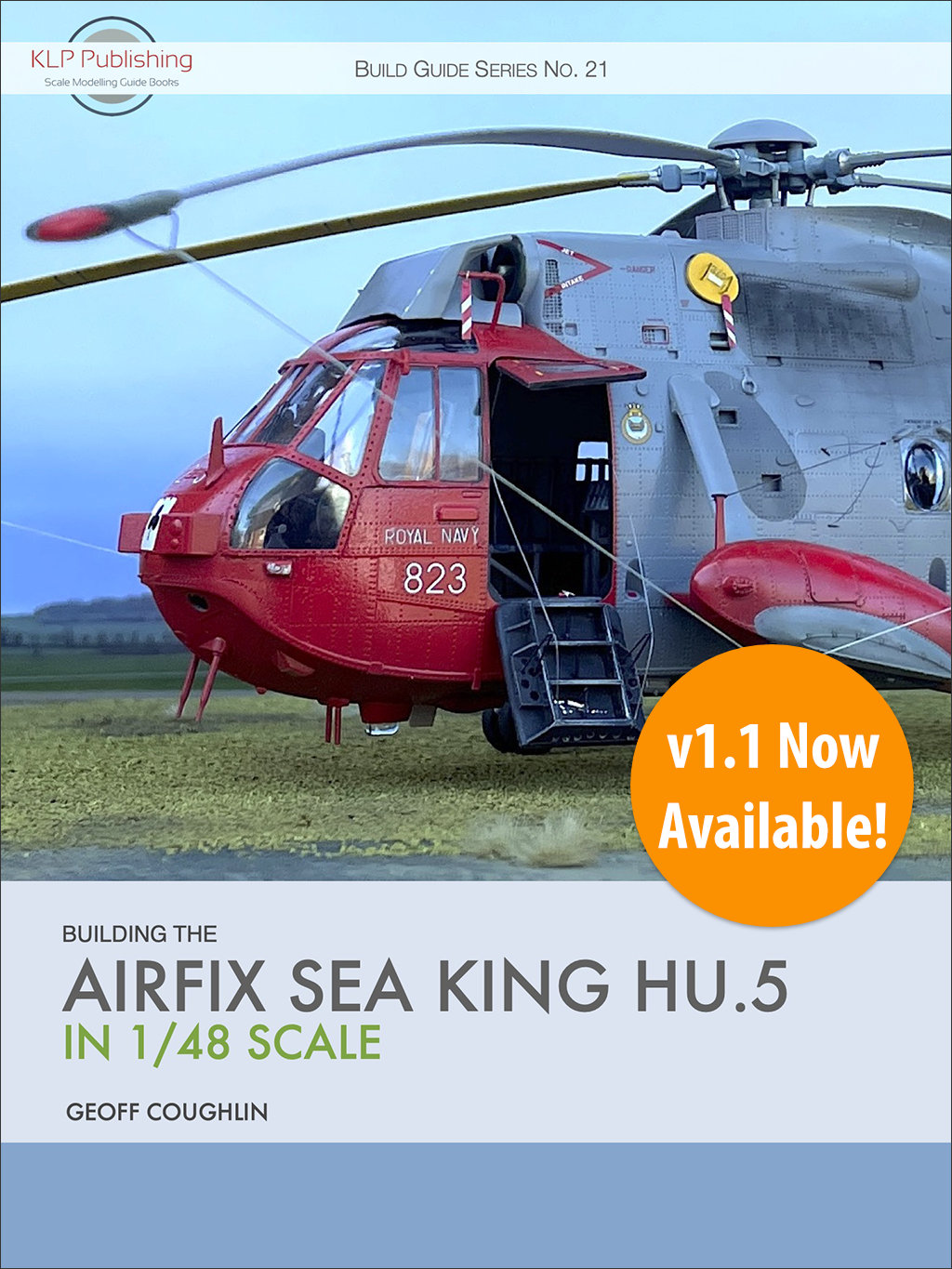

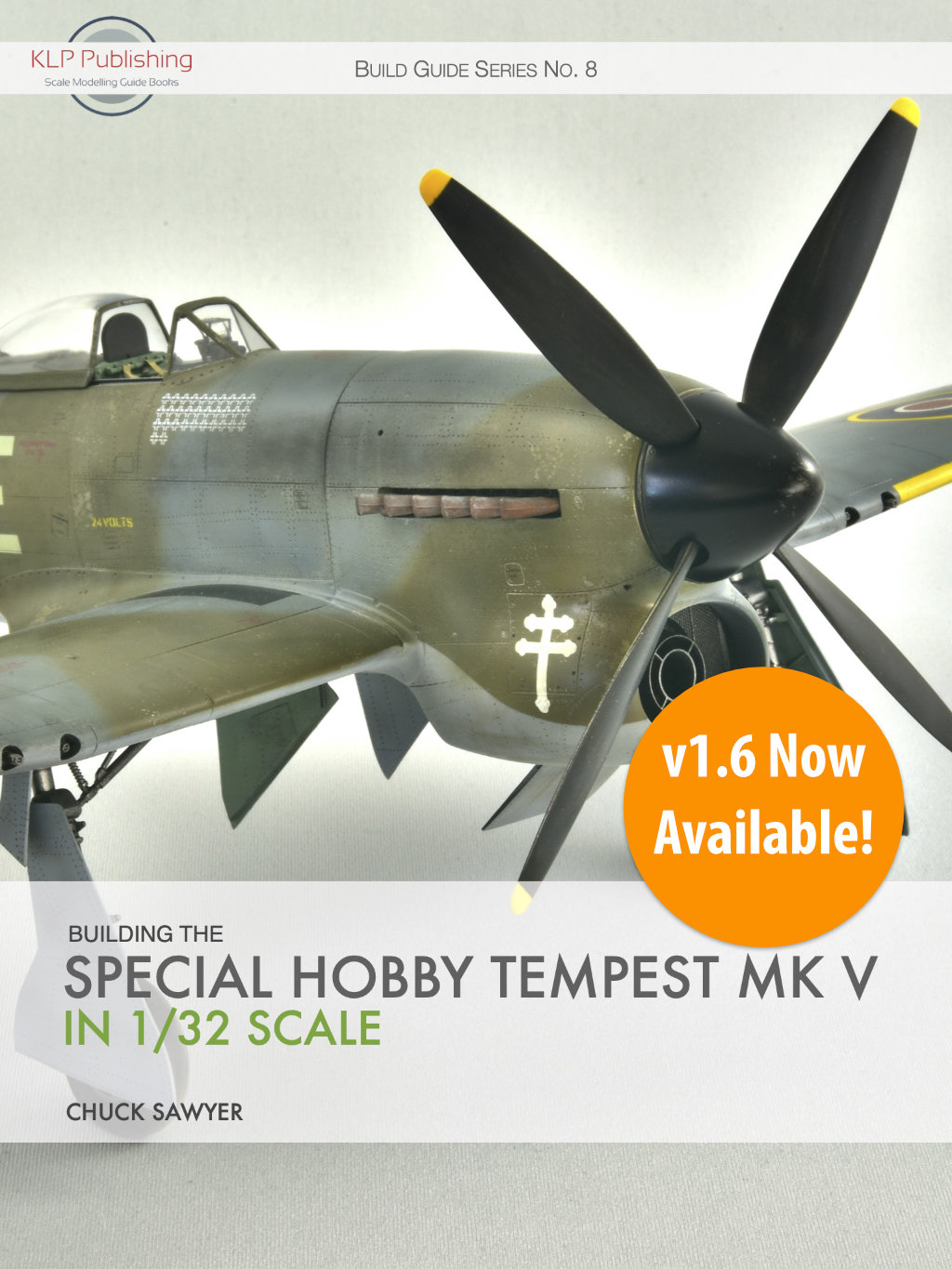

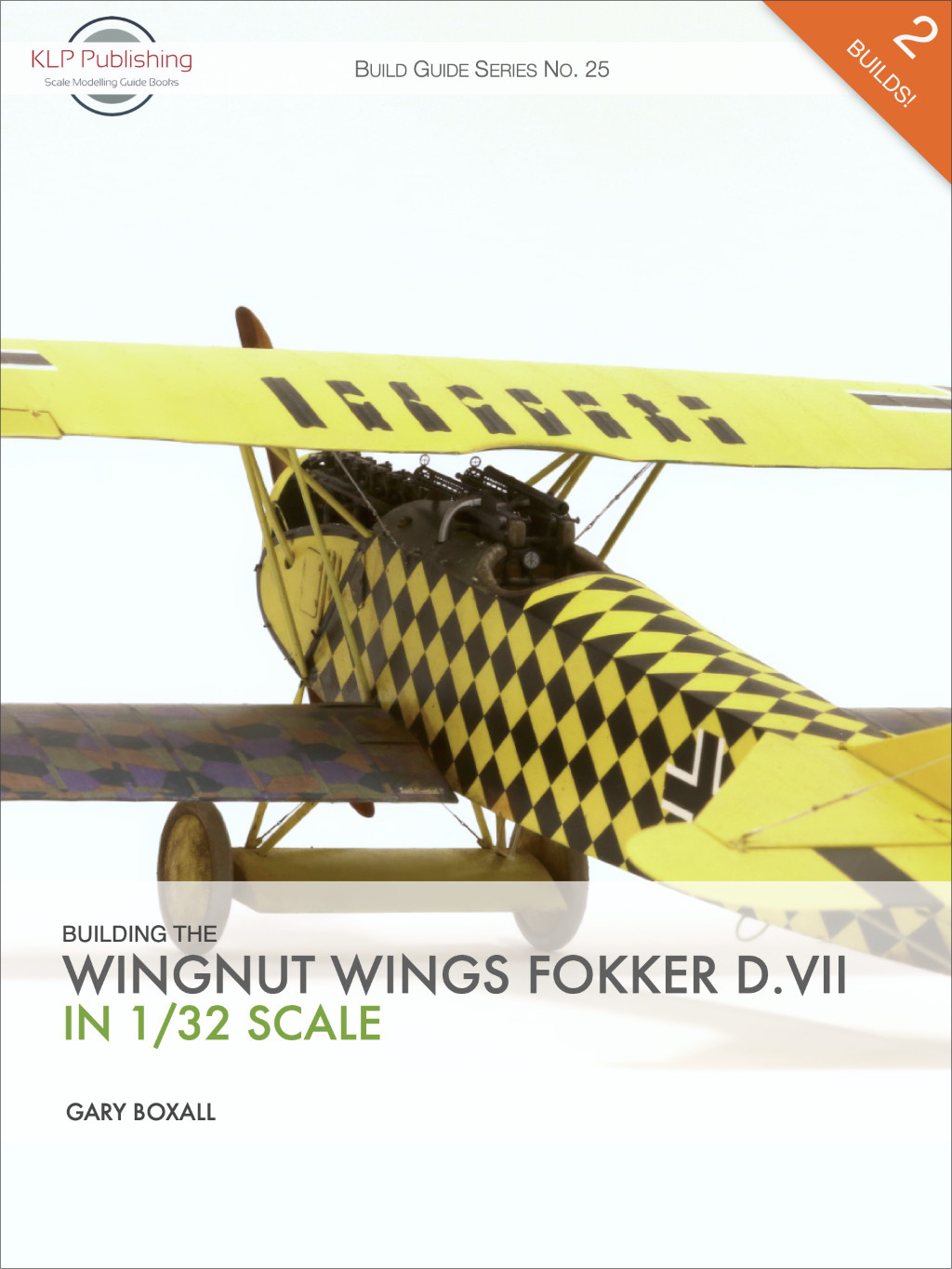

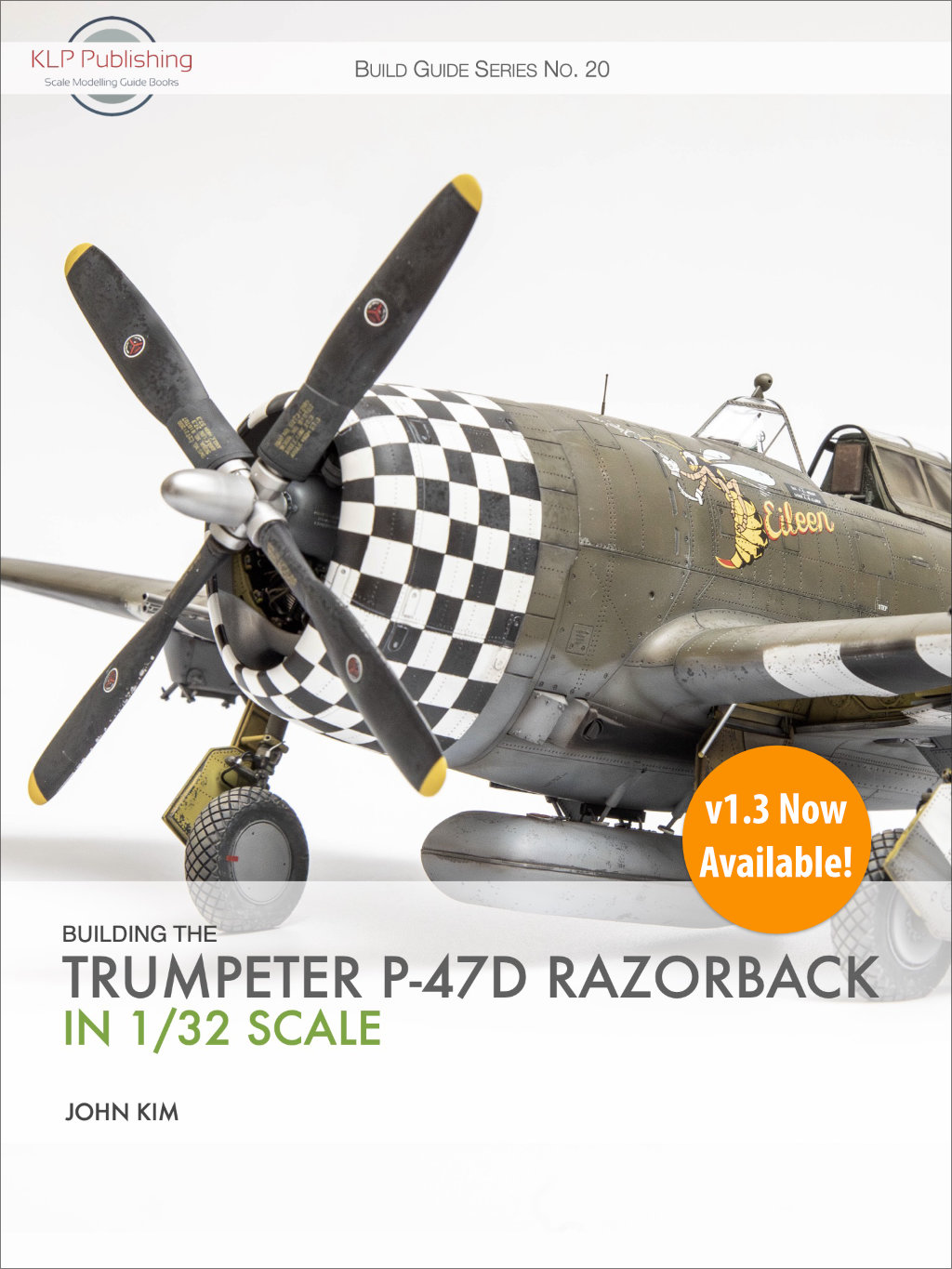

You must be logged in to post a comment.